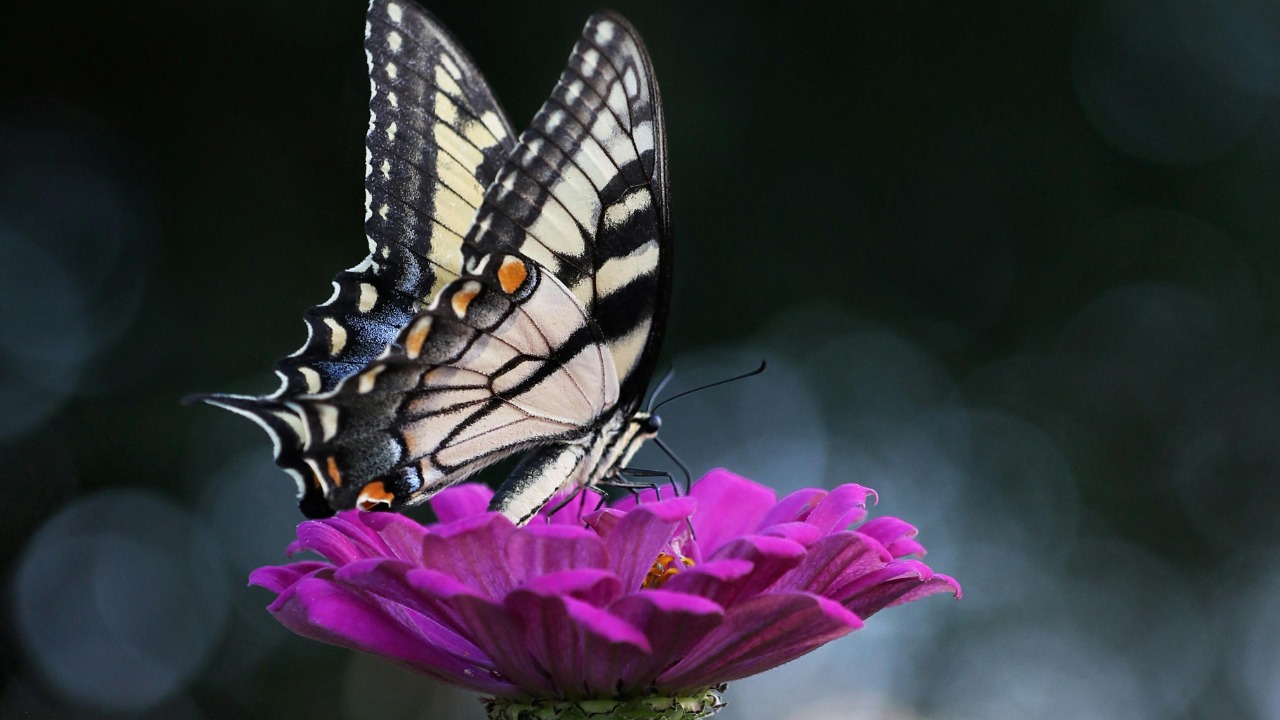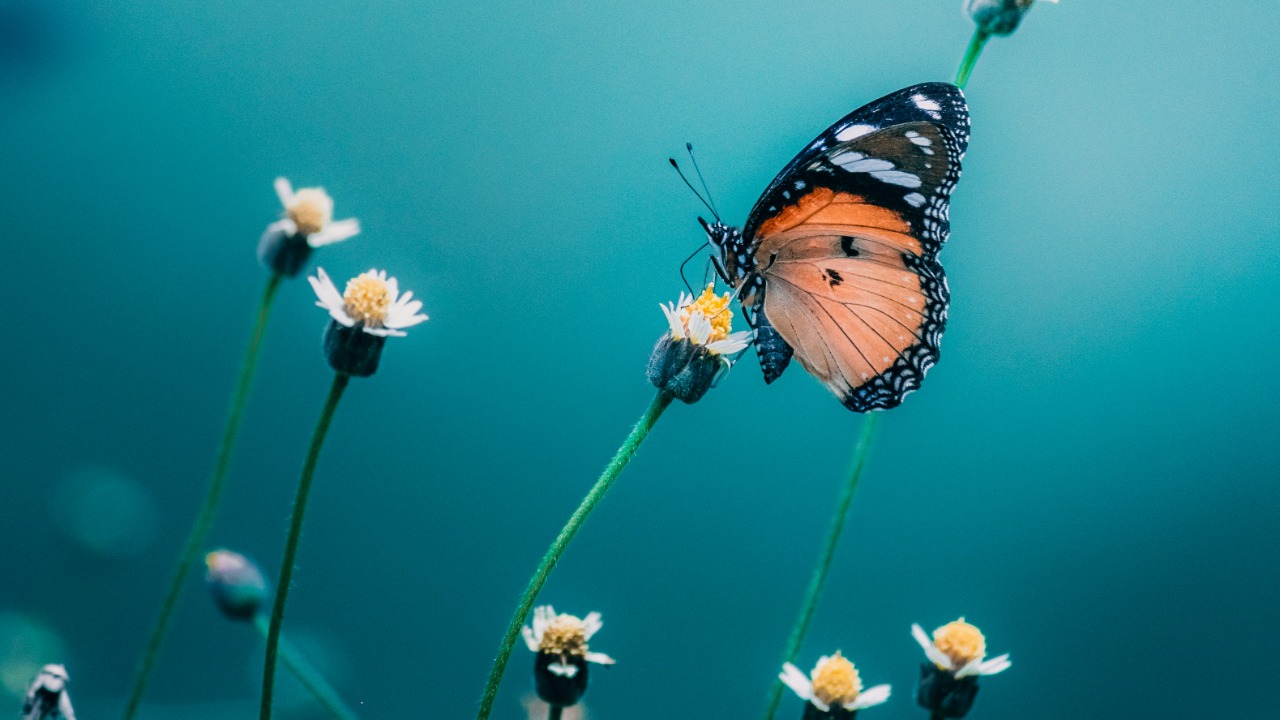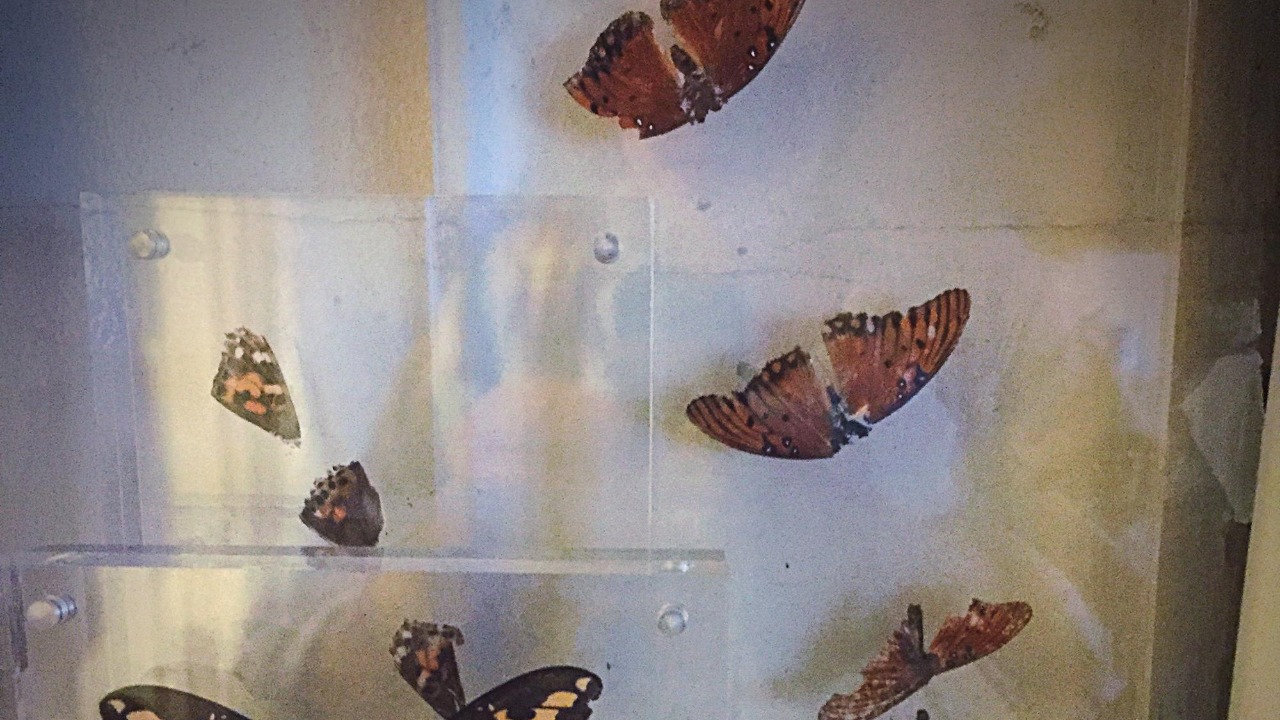
Over the last two decades, butterflies have mysteriously vanished by the millions across the globe, sparking concern among scientists and environmentalists. This decline, marked by a 22% drop in the U.S. alone, raises critical questions about the underlying causes and implications for biodiversity. As these elegant pollinators become less common, understanding the factors contributing to their decline becomes increasingly urgent.
Environmental Changes and Habitat Loss

The rapid expansion of urban areas has led to significant habitat destruction, leaving butterflies with fewer places to thrive. Urbanization often involves the conversion of natural landscapes into residential and commercial areas, which can wipe out the habitats essential for butterflies’ survival. These environments are crucial for providing food sources and breeding grounds. Additionally, deforestation for agriculture and development disrupts the natural ecosystems that butterflies depend on, further exacerbating habitat loss.
Climate change has also had a profound impact on butterflies, altering their migration patterns and survival rates. Shifts in temperature and weather patterns have made it increasingly difficult for butterflies to find suitable habitats and food sources. Climate change affects the availability of host plants critical to the caterpillar stage of butterflies, which can lead to decreased survival rates. As the climate continues to change, it poses a constant threat to the delicate balance of ecosystems that butterflies rely on.
Agricultural Practices and Pesticides

The widespread use of pesticides in agriculture has had devastating effects on non-target species like butterflies. These chemicals, designed to protect crops from pests, often harm beneficial insects as well. Neonicotinoids, a common type of pesticide, are particularly harmful as they accumulate in the environment and can be ingested by butterflies through contaminated nectar and pollen. This exposure can be lethal or lead to long-term health issues, weakening butterfly populations over time.
Monoculture farming is another agricultural practice that negatively impacts butterflies. The trend toward monoculture farming reduces plant diversity, which in turn affects the availability of nectar sources for butterflies. In diverse environments, butterflies have access to a wide range of plants, ensuring a steady supply of food. However, monoculture landscapes lack this diversity, posing a challenge for butterfly survival. The lack of floral diversity in agricultural landscapes can result in nutritional deficiencies for butterflies, further contributing to their decline.
Biological Interactions and Predation

Invasive species introduce new challenges for butterfly populations by increasing competition for resources. Non-native species can outcompete butterflies for food and habitat, leading to declines in native populations. In some cases, invasive predators and parasites have been introduced, posing significant threats to butterflies. These predators can target butterfly eggs, larvae, or adults, increasing mortality rates and further stressing populations.
Disease and parasitism are additional factors that can lead to higher mortality rates among butterflies. The increased prevalence of diseases and parasites can be attributed to environmental changes and human activities. The spread of pathogens is exacerbated by climate change, which can create favorable conditions for parasites and diseases to thrive. These factors further threaten butterfly populations, making it imperative to monitor and mitigate these biological interactions.
Conservation Efforts and Future Prospects

Efforts to create butterfly-friendly habitats in urban and rural areas are showing promise in stabilizing populations. Initiatives such as planting native gardens and establishing butterfly reserves can help provide the necessary resources for butterflies to thrive. Public awareness campaigns and citizen science projects have increased engagement in butterfly conservation, encouraging individuals to participate in activities like monitoring local butterfly populations and planting pollinator-friendly plants.
Policy and legislation play a critical role in addressing habitat conservation and pesticide regulation. Government policies can help protect natural habitats and limit the use of harmful pesticides, creating a more favorable environment for butterflies. There is also potential for international cooperation to protect migratory species like butterflies, which cross borders and face threats in multiple countries. Collaborative efforts can lead to more comprehensive conservation strategies and greater success in preserving butterfly populations.
As I reflect on the challenges facing butterflies, it’s clear that a multifaceted approach is needed to address their decline. By understanding the complex interplay of environmental, agricultural, and biological factors, we can develop effective strategies to protect these vital pollinators. Continued research and collaboration among scientists, policymakers, and the public will be essential to ensure that future generations can enjoy the beauty and ecological benefits of butterflies.